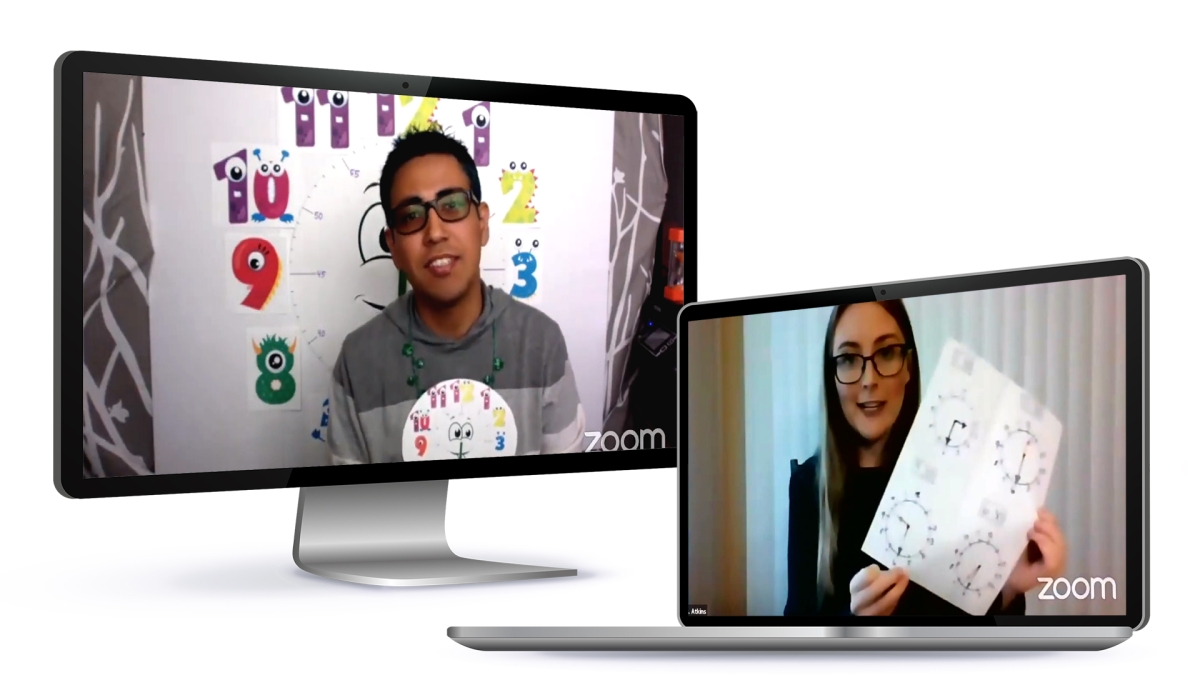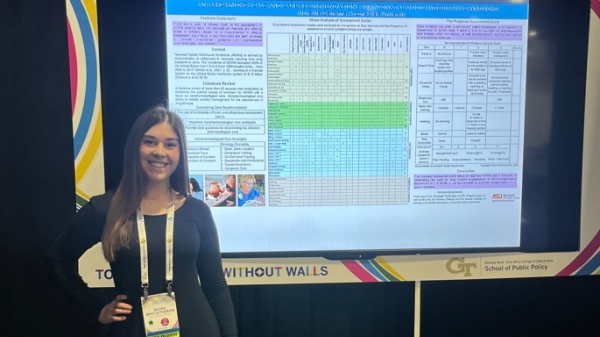Education during and after the pandemic
Mary Lou Fulton Teachers College dean on improving online teaching tools, methods

Editor's note: This story originally appeared in the summer 2020 issue of ASU Thrive magazine.
Written by Carole G. Basile, the dean of ASU’s Mary Lou Fulton Teachers College, which is partnering with Arizona schools and other organizations to develop the Next Education Workforce. Find more of her writing on the future of education on her blog, The Next Normal: Principled provocations in education.
Times of extreme stress reveal cracks in the normal that have been there all along. As our college has responded to the disruptions caused by the coronavirus, we have lived in and peered through the cracks, and it has made us commit even more resources and strategy to educating professionals on how to teach well online, and to envision strategies for providing more educational access and opportunities to rural areas.
In the spring 2020 semester, we had 646 teacher candidates working full time in schools. In mid-March we had five days to figure how to: 1) keep them safe; 2) provide them with meaningful clinical experiences that would allow them to graduate on time; and 3) create something that would be valuable to our school and district partners and to pre-K-12 learners.
The exercise has opened our thinking to new ways of working with school partners to integrate tech-enabled learning into Next Education Workforce models, and to new ways of thinking about how to prepare educators to succeed in that environment.
We learned a lot in a short amount of time about how to prepare professionals to teach online, and we will continue to make this a robust part of our education for professionals, both for our own ASU teacher candidates and for in-service educators working in schools.
What we’re learning about remote teaching could be especially valuable to underserved rural communities. Here’s a potential use case: In Arizona, we have many rural communities that struggle to find enough qualified teachers, especially science teachers. In these communities, it will likely always be difficult in the same way that finding doctors is difficult.
Just as telemedicine is a reasonable way to address some rural health challenges, bringing expertise into those schools via a remote presence is a viable solution to some rural education challenges. A biology expert appearing remotely could, with the help of educators on site, deliver instruction to provide deeper learning for students.
The work of implementing such ideas has been slow going. One reason is that we have tackled the issue as a “learning technology” problem rather than as a workforce problem. Today, too often we ask each educator to be all things to all people at all times. The real challenge is how to design and deploy teams of adults with distributed expertise to best serve learners.
We’ve always known there would be a significant tech-enabled dimension to the Next Education Workforce. The crack in the normal offers us all a glimpse into the possible.
Device-free learning activities
To balance the technology-heavy mode of learning, device-free options make for a strong mix of activities. To help kids get started, begin doing the activity yourself, and your children will want to join. Some of our favorite ways for learners to explore their passions, stay entertained and practice skills that will serve them well for years to come can be found at education.asu.edu/teaching-resources-k-12-families.
Top photo: Sun Devil Learning Labs ensured that students, including Williams Caraveo and Kerinne Atkins, could conduct student teaching remotely. Teaching resources are updated regularly for families teaching at home. Photos courtesy Williams Caraveo and Kerinne Atkins
More Health and medicine

Nursing student wins top award for research on neonatal opioid withdrawal
An experience Moira MacCatherine had as a teenager volunteering in a Level III neonatal intensive care unit impacted her in such a way that it would later inspire her research as a nursing major at…

College of Health Solutions course to explore science behind longevity, well-being
Arizona State University’s College of Health Solutions has responded to the surge in interest in blue zones — those rare communities where some of the oldest people on Earth reside — with a new, self…

ASU center hosts community gathering to discuss latest health research
Communication and collaboration were front and center as Arizona State University’s Center for Health Information and Research, or CHiR, met with community partners and other stakeholders on April 3…